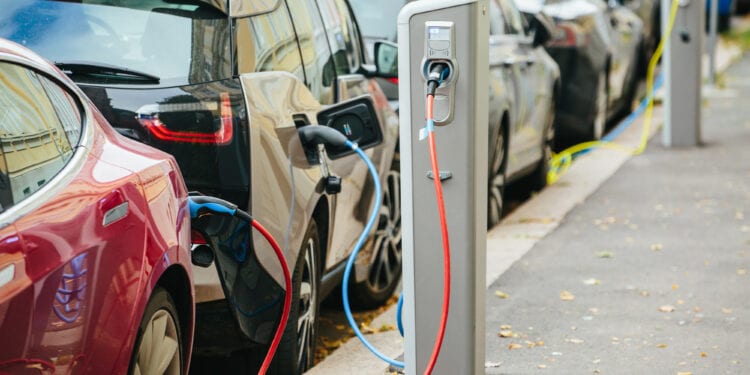Well Advanced With Malawi Mining Licence Application
Attracted by growing demand in the electric vehicle (EV) market, Sovereign Metals Limited (ASX:SVM) has elected to advance its Malingunde graphite project in Malawi.
The company said recent improvements in the graphite market and an increasing level of enquiries from investors and other market participants has driven it to move ahead at Malingunde parallel with its world-class rutile projects.
Sovereign owns 100% of an extensive portfolio of graphite deposits in Malawi, including the Malingunde Saprolite-Hosted Graphite Project for which a Pre-Feasibility Study was published in 2018. Malingunde’s Mining Licence application process is well underway with the Environmental and Social Impact Assessment (ESIA) now nearing completion.
Sovereign’s management says the company has demonstrated the ability to produce a range of premium-quality products from its graphite project.
An initial laboratory test-work programme conducted by an independent German industrial minerals specialist has demonstrated that spherical graphite with suitable benchmark specifications for Li-ion battery anodes can be produced from Malingunde concentrates, providing the potential to sell into the rapidly growing lithium-ion battery markets.
Malingunde’s Graphite mineralisation is hosted in soft and friable, free-dig saprolite leading to considerably lower carbon footprint in the mining and beneficiation stages compared to hard-rock mines.
Sovereign is focused on developing sustainable supplies of critical raw materials to enable the global shift in the reduction of carbon emissions:
The lithium-ion (Li-ion) battery sector is the fastest growing market for flake graphite. Flake graphite is spheronised and carbon coated to construct Li-ion battery anodes. Greater capacity batteries, such as those required for electric vehicles, are expected to drive significant and growing demand for natural flake graphite over the coming years.
Europe is the fastest growing market in the world for Li-ion batteries and currently sources all its anode materials from Asia. According to Deloitte, Europe will represent 27% of the global EV market by 2030 as policies adopted by the UK and European Union to regulate vehicle emissions and restrict new internal combustion vehicle sales come into force. By 2030, 42% of all new car sales in Europe are forecast to be EV sales.
To meet this demand, European mega-factory capacity is expected to grow by 228%, representing close to 20% of the world’s mega-factory capacity by 20292.
The key attributes for graphite to be used in the Li-ion battery are high purity and the ability to be spheronised.
The purification process utilises a simple high temperature technique, which as a result of inherent uniqueness of the Malingunde flake graphite, requires low energy input to efficiently achieve some of the highest purity graphite in the world.
The exceptionally high carbon purity and very low levels of critical impurities in test wotk carried out by Sovereign, indicate that this material meets prerequisites for commercialisation in the value-added marketspace. Standard Li-ion battery anodes are currently >99.95 wt%C, suggesting Sovereign’s purified material could lead to superior electrochemical performance.
Ultra-high purity graphite is used in downstream applications which require strict control over impurities in the material, such as the production of semiconductors and photovoltaics for industries which include Li- ion batteries, aerospace, electronics and nuclear energy.
The purification process utilises a simple high temperature process, which as a result of inherent uniqueness of the Malingunde flake graphite, requires low energy input to efficiently achieve some of the highest purity graphite in the world.
Scanning electron micrograph (SEM) imagery shows significant flake thickness, with some flakes in the +700μm category as thick as 50μm, which alone identifies them as a very unique source. The SEM data also revealed that the flakes are not intercalated with gangue minerals and any impurities appear to sit on the surfaces as opposed to being intercalated within the flake structure.
This is very important for value- added processing because impurities that occur on the surface are typically much easier to remove than those embedded in the flake structure.












